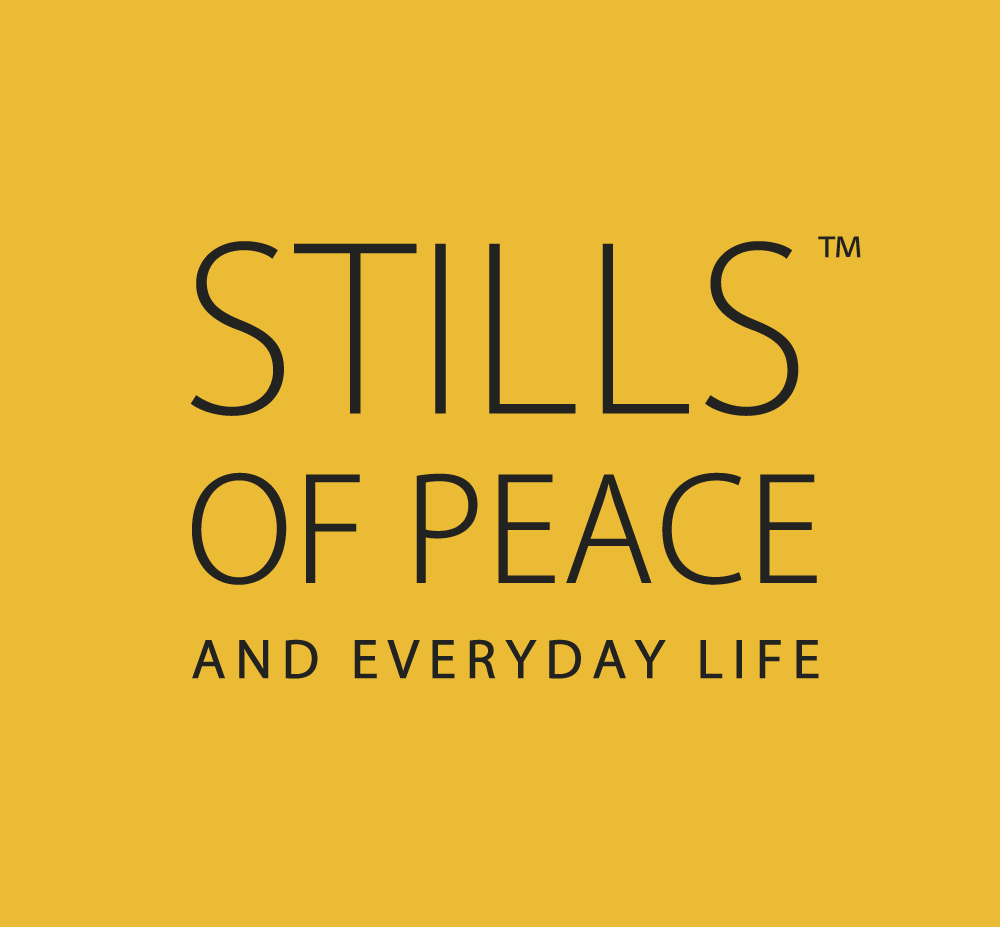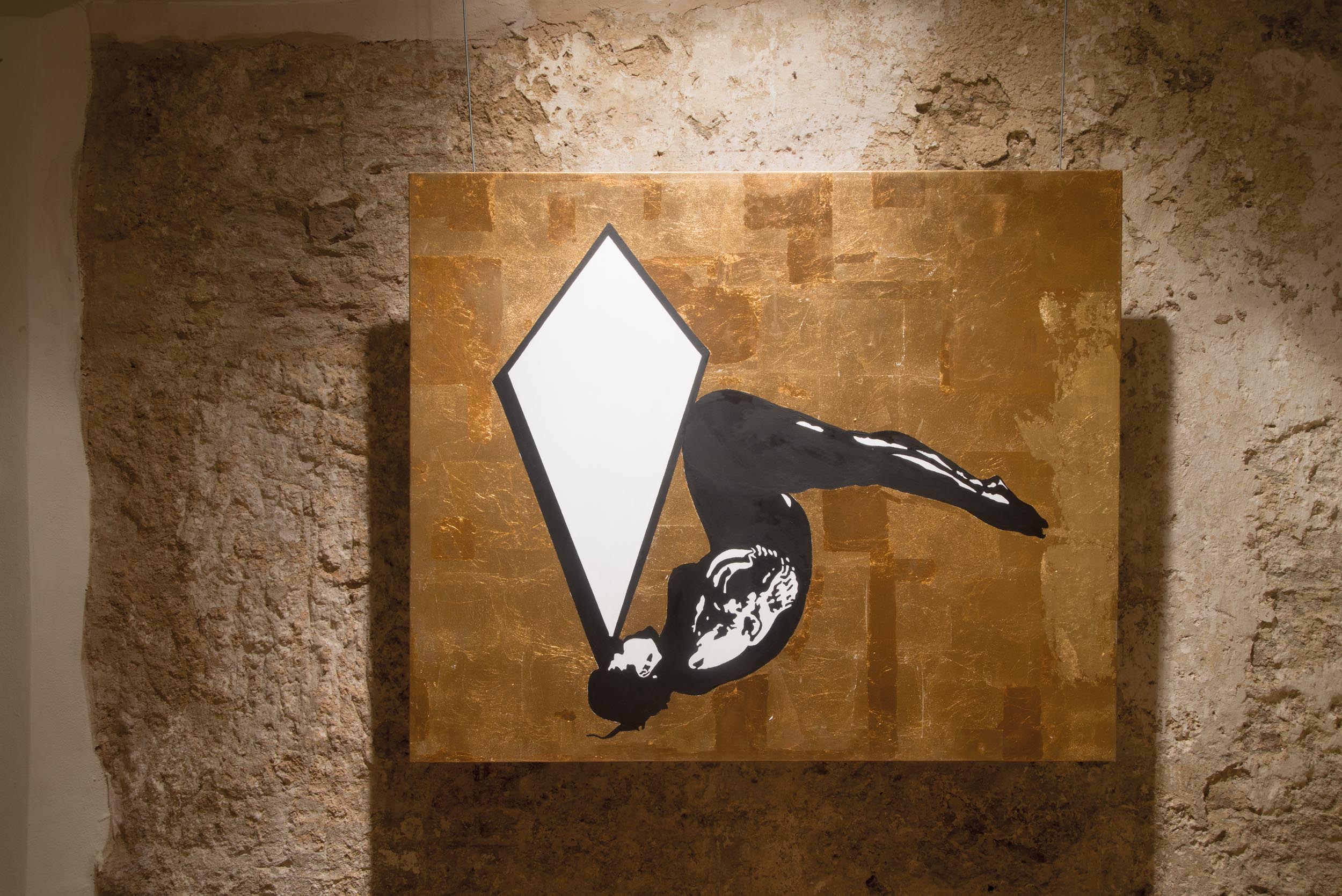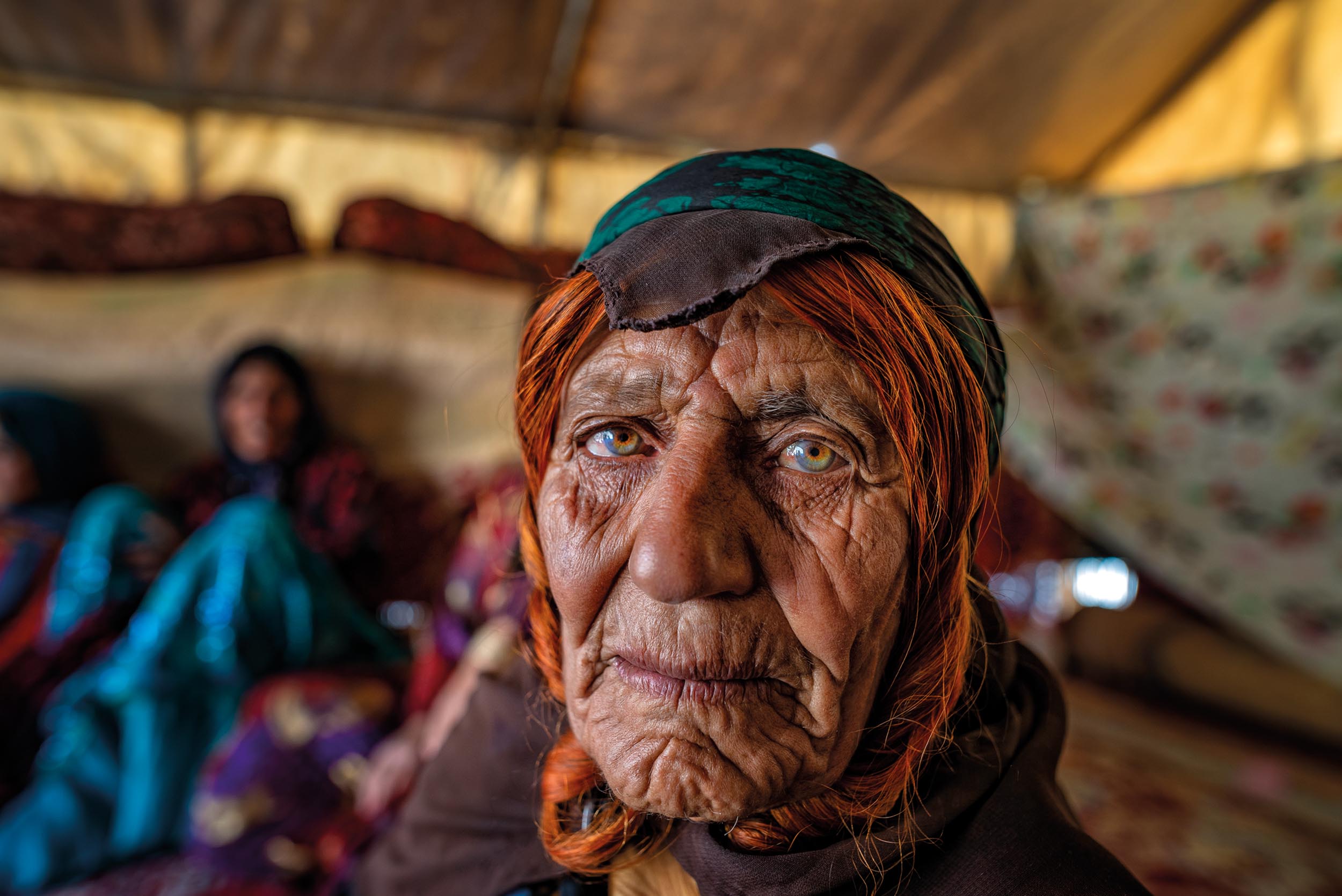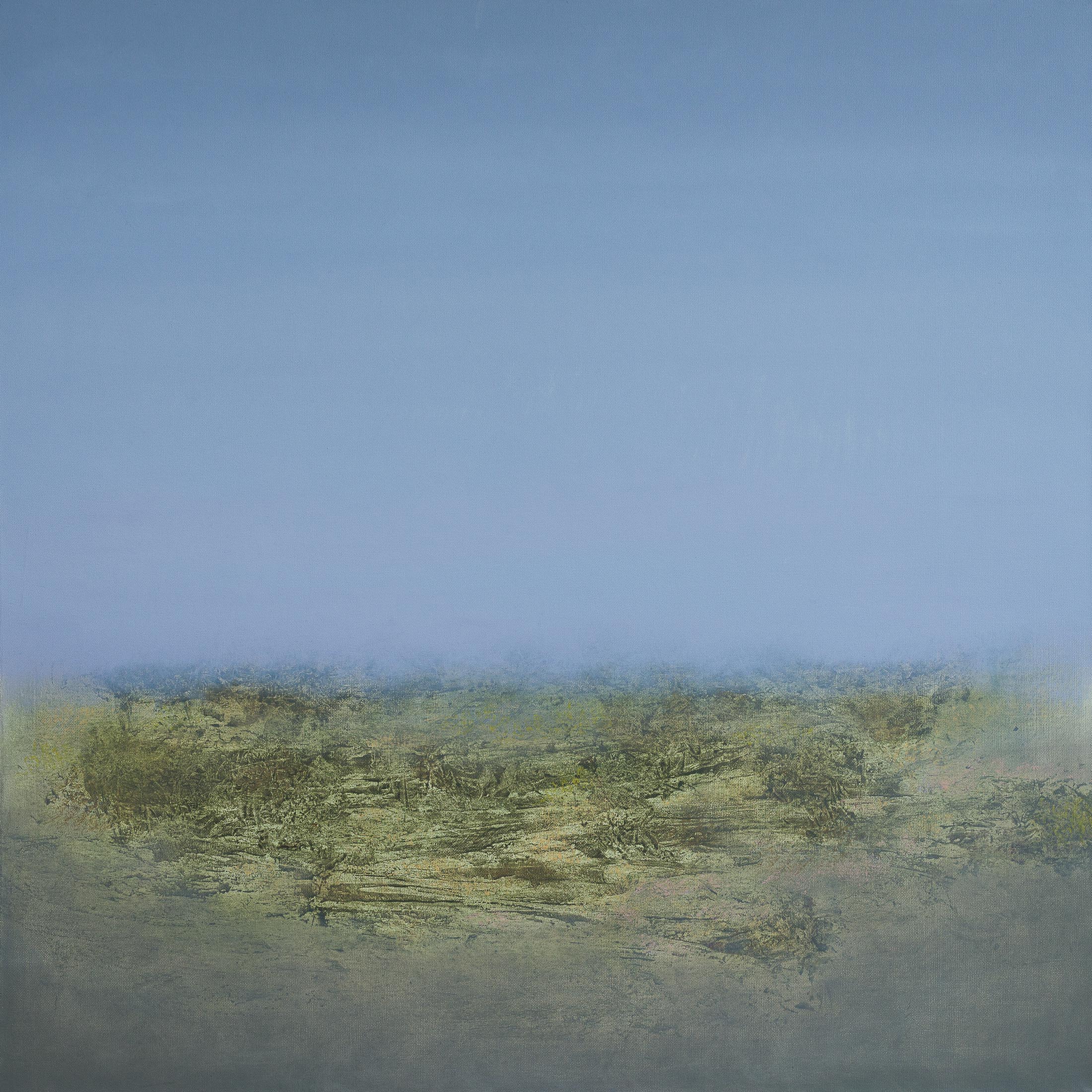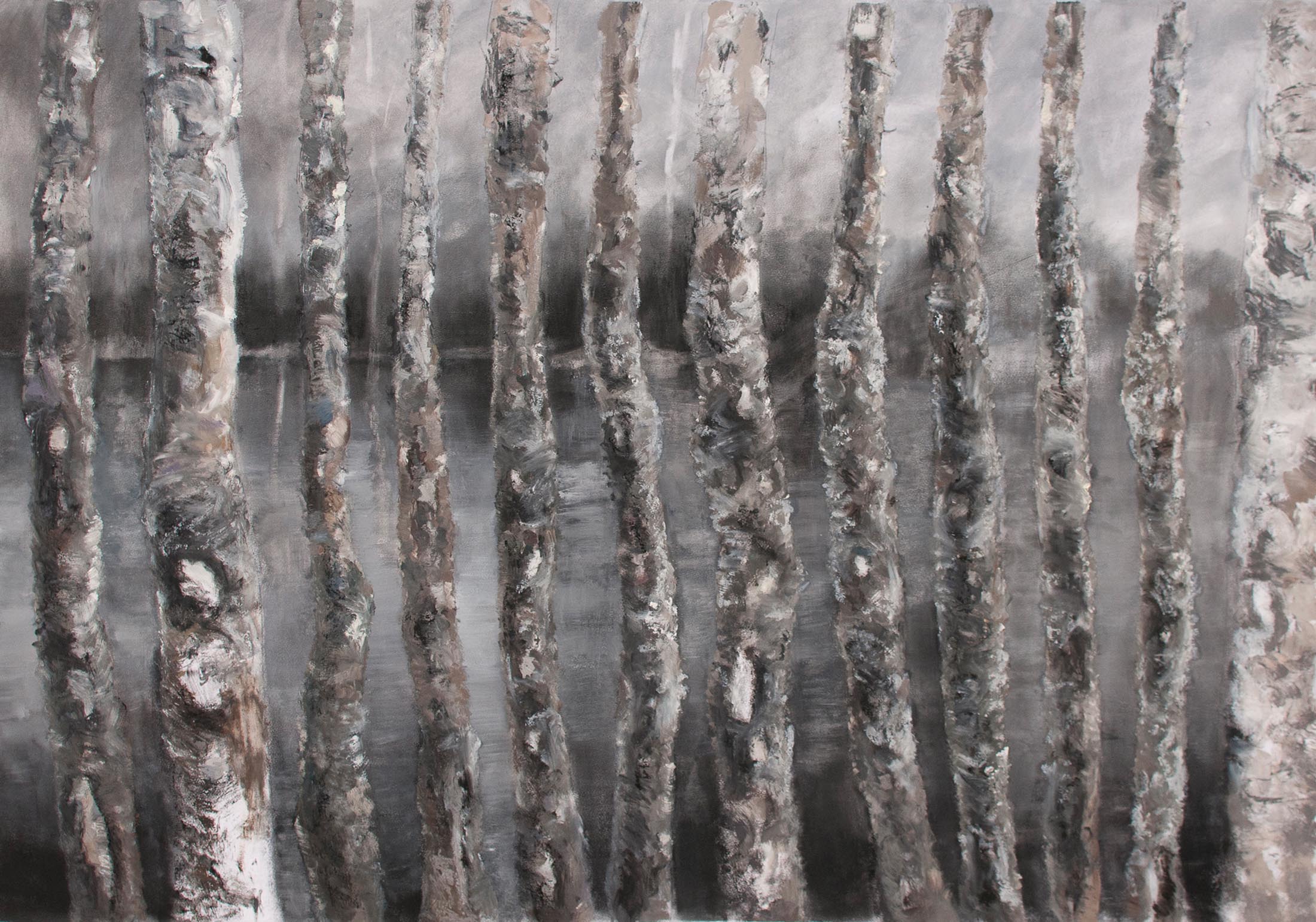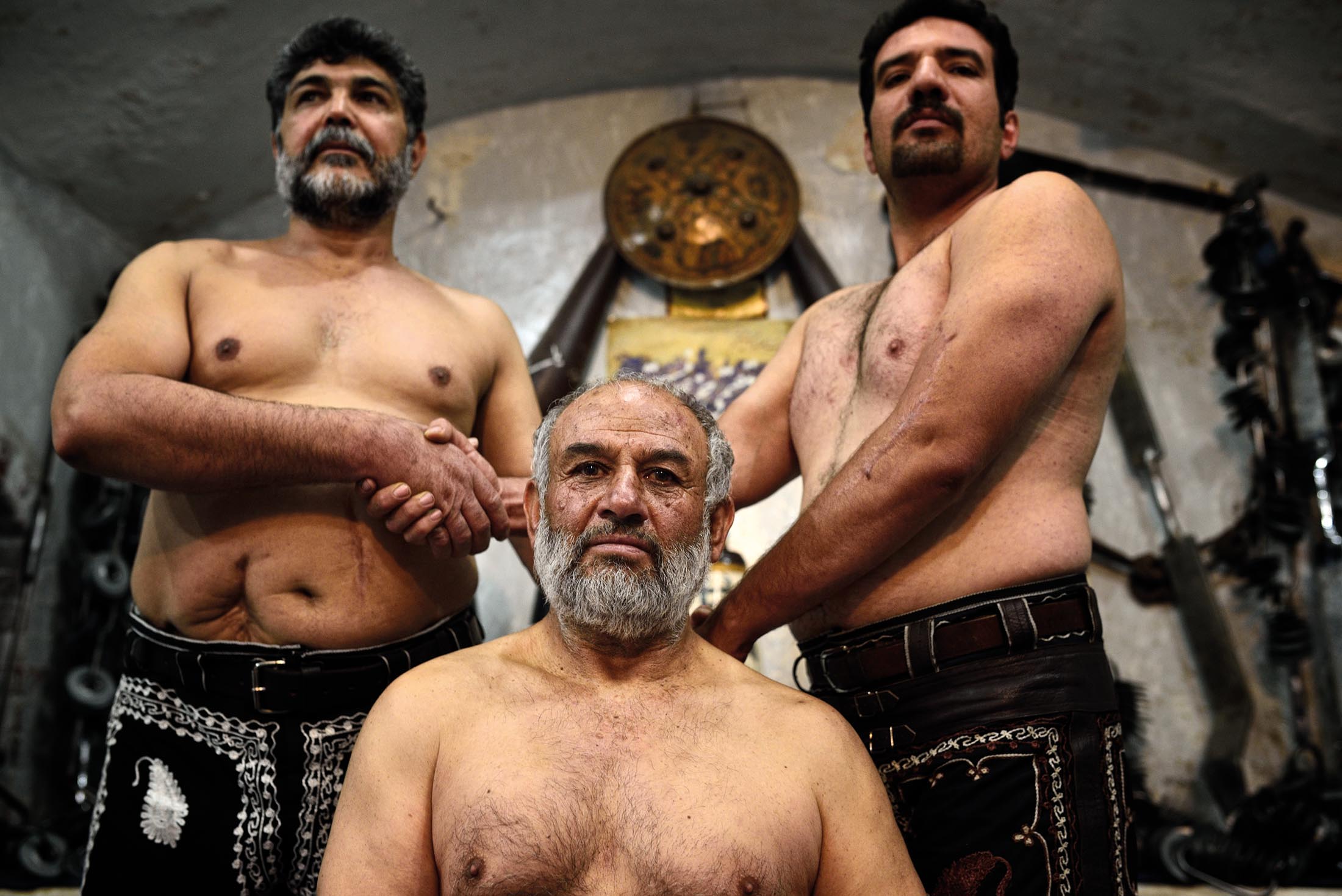STILLS OF PEACE
AND EVERYDAY LIFE Ed.VI
Italy and Iran:
a research of the sense of contemporaneity
6 july – 1 september, 2019 / ATRI
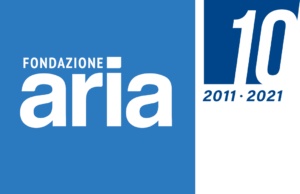

Stills of Peace and Everyday Life – Edition VI
In this sixth edition, after exchanges with Pakistan, Spain, France, China and Morocco, Italy meets Iran, a bridge and a crossroads country between East and West, at the center of debates and tensions, full of poetry, energy, eagerness to express and make known its identity.
Aria Foundation has been developing Stills project over time to such an extent that today it appears to be somewhat different from its first edition: it has understood and better defined its objectives and functions, it has extended its cultural offer to other artistic expressions, it has involved other cities in addition to the city of Atri. This year the project will open with a particular initiative in the Castle of Roccascalegna, which will host meetings, conferences and exhibitions.
Also this year, therefore, we will propose an “all-round” comparison, balancing entertainment and culture through research and comparisons in contemporary art, in a cultural format which bases its identity on dialogue, always trying to improve itself whenever new possibilities to build relationships and thoughts arise.
Exhibitions:
Scuderie di Palazzo Acquaviva – Atri
Transfiguration Mode – Navid Azimi Sajadi and Enrico Tealdi
Curated by Antonio Zimarino and Mariano Cipollini
The exhibition meets and intersects the dreams, transformations, intimate visions and memory of two of the most significant and interesting artists of the new Italian and international art. Two worlds and two cultures in search of poetry and meaning, the transfiguration of two imaginary in which to read the relationship of the two artists with life and existence. Through the proposed tensions and symbols we can enter their system and try to understand ourselves better.
It is the differences in stories, forms and modes of expression that suggest specificity and identity: a poetic and enlightening comparison to make us understand the profound humanity that unites beyond difference.
Scuderie di Palazzo Acquaviva – Atri
Are You Protected? – Samin Kamal Beik, Mona Mohagheghi and Zoya Shokoohi
Curated by Eva Comuzzi
The title of this exhibition comes from a state of evident abandonment in which our country and the entire planet pour, and from the interest in obsession and fear for our safety. Two feelings that emerge more and more, especially in places where there is more well-being, and that go to raise our protective barriers, armoring and making us impenetrable even to emotions. Three Iranian artists, born in the early and late eighties: Samin Kamal Beik, Mona Mohagheghi and Zoya Shokoohi, have been chosen to tackle this issue through different media.
Museo Archeologico – Atri
Iran – Mauro Vitale
Curated by Maryam Mavaddat
The exhibition Iran is the sensitive and direct imprint of a journey to a country rich in history and beauty, where humanity preserves in its eyes an archaic and authentic light. Through the photographs of Mauro Vitale you can see the diversity between the areas of the north-west and south, to have a more articulated image of the country. At the same time it wants to highlight the charm induced by the lifestyle of these populations, trying to encourage the breaking down of prejudices. In the images the faces and places become mirrors of an experience, in which every man can recognize himself and find himself, and the gaze of the author predisposes us to understanding and wonder.
Castello di Roccascalegna – Roccascalegna (CH)
Countries, Landscapes & Wool – Lucilla Candeloro and Jenny Charlotta Wood
Curated by Klas Barthelsson and Antonio Zimarino
Abruzzo has distinguished itself in the production of wool for many centuries, especially between the fourteenth and nineteenth; the same can be said of Iran, but also of Scotland in the United Kingdom. Countries, Landscapes & Wool offers a moment of reflection on the art and culture of these countries with respect to the production and processing of wool, but also of the historical processes for traditional fabrics: Persian carpets, Scottish fabrics and Abruzzesi blankets (tarantulas). The gaze of the two artists, Lucilla Candeloro and Jenny Charlotta Wood, focuses on landscapes that were once shaped by constant agricultural and pastoral activity, which has imprinted a strong identity in the populations.
CINEMA:
Cortile di Palazzo Acquaviva – Atri
Cine Iran – Review of Iranian cinema
Movies screened in original version with Italian subtitles
Curated by Pino Bruni
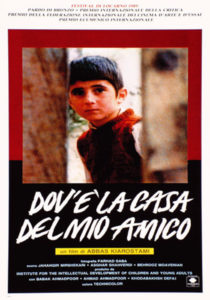
WHERE IS THE FRIEND’S HOME? (1987) by Abbas Kiarostami
The film tells of the attempt to return a notebook by a schoolboy to his classmate who accidentally put it in his folder. A return that must be made in order to avoid punishment: the attempt to track down the house where the companion lives, leads the child to wander throughout the village. A symbolic parable on the need for communication and relationship with one’s neighbour, on dignity and on the sense of duty.

A CUBE OF SUGAR (2011) by Reza Mirkarimi
Made of delicate and bright colors, a sugar cube drags the viewer into the warm and vibrant atmosphere of a traditional family, gathered in an old house to celebrate the wedding of the young Pasandide. The shy joy of the bride intertwines with the affections and resentments of three generations and with a sudden mourning.
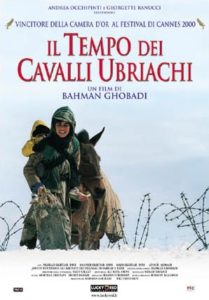
A TIME FOR DRUNKEN HORSES (2000) by Bahman Ghobadi
Film winner of the Camera d’Or for the best first opera in Cannes. Based on a true story, the film stages a humanity struggling for survival in a world where civil rights are non-existent, moreover within an inhospitable landscape. Mixing raw documentary realism and formal research, passion and objectivity, Ghobadi begins, already from this film, to use the cinema as a struggle for a better future and denounces the problematic living conditions of the Kurdish ethnic group.

SAADAT ABAD (2012) by Maziar Miri
Stories of betrayal and marital crisis in a Tehran neighborhood of the new rich. To ease her problems with her husband Mohsen, Yassi organizes a surprise birthday party with her friends. But the evening will be very different from the one imagined and will let emerge the bleak hypocrisy that the anxiety of success and the desire for easy money insinuated in the heart of many.

FACING MIRRORS (2012) by Negar Azarbayjani
Acclaimed first work by Negar Azarbayjani, Facing mirrors tells of the friendship of two opposite women through a journey in a taxi: Rana, a young mother forced by need to drive her husband’s taxi in prison, and Adineh, a transsexual escaping from his rich family and from a marriage of convenience imposed to hide the scandal of his existence. Two worlds that collide and then support each other, defying respectability and prejudices. The film won the audience award at the Middle East Now festival in Florence.
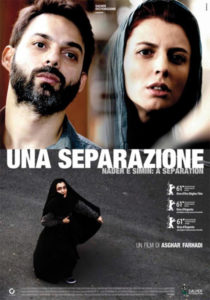
A SEPARATION (2011) by Asghar Farhadi
Awarded the 2012 Academy Award for Best Foreign Film and Winner of the Golden Bear in Berlin. A reflection on the relativity of the truth and on the difficulty of the relationships of couple of a severe country like the Iranian one, a film that benefits from a stainless script: the search for the truth to many faces and from the various versions has something of pirandelliano, and it also follows the example of Kurosawa’s RASHOMON, but the narrative sagacity of the film is perfectly autonomous and dropped into the country with great lucidity, as it properly tells the weight of religion and the enormous difference between the sexes in Iran even today.
ALL THE EDITIONS:
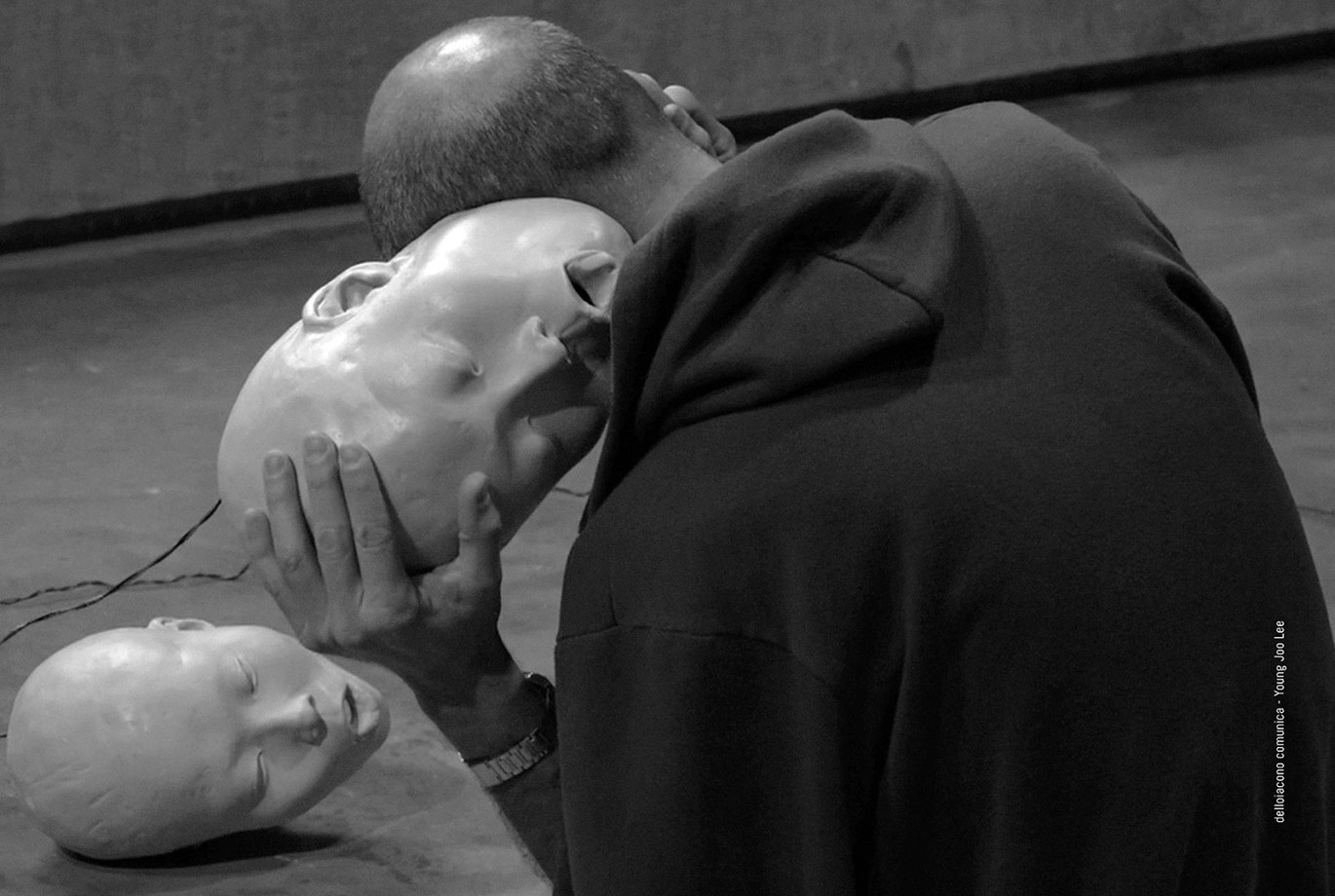
Stills of Peace
Edition VIII
Italy and South Korea
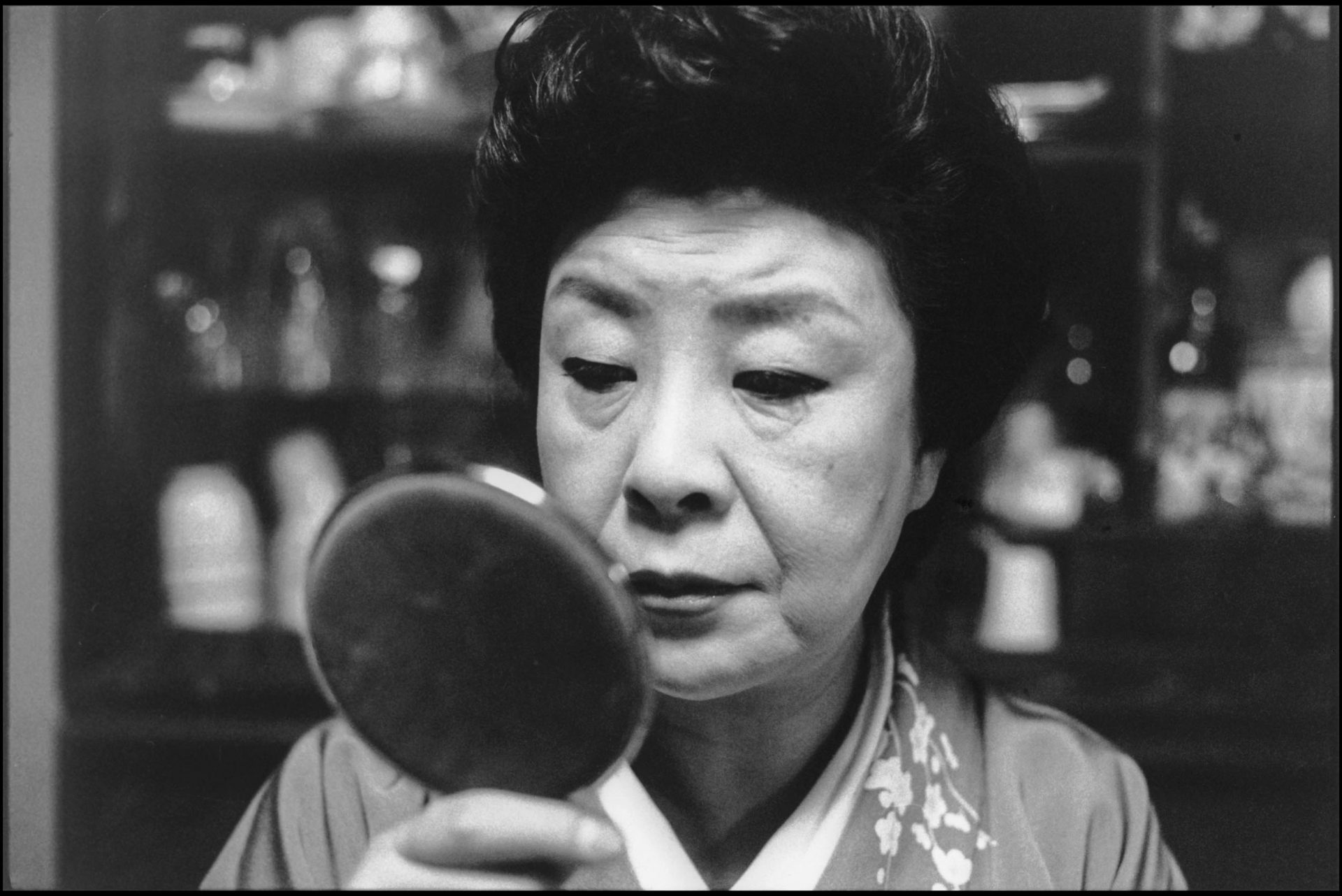
Stills of Peace
Edition VII
Italy and Japan

Stills of Peace
Edition VI
Italy and Iran

Stills of Peace
Edition V
Italy and Morocco

Stills of Peace
Edition IV
Italy and China
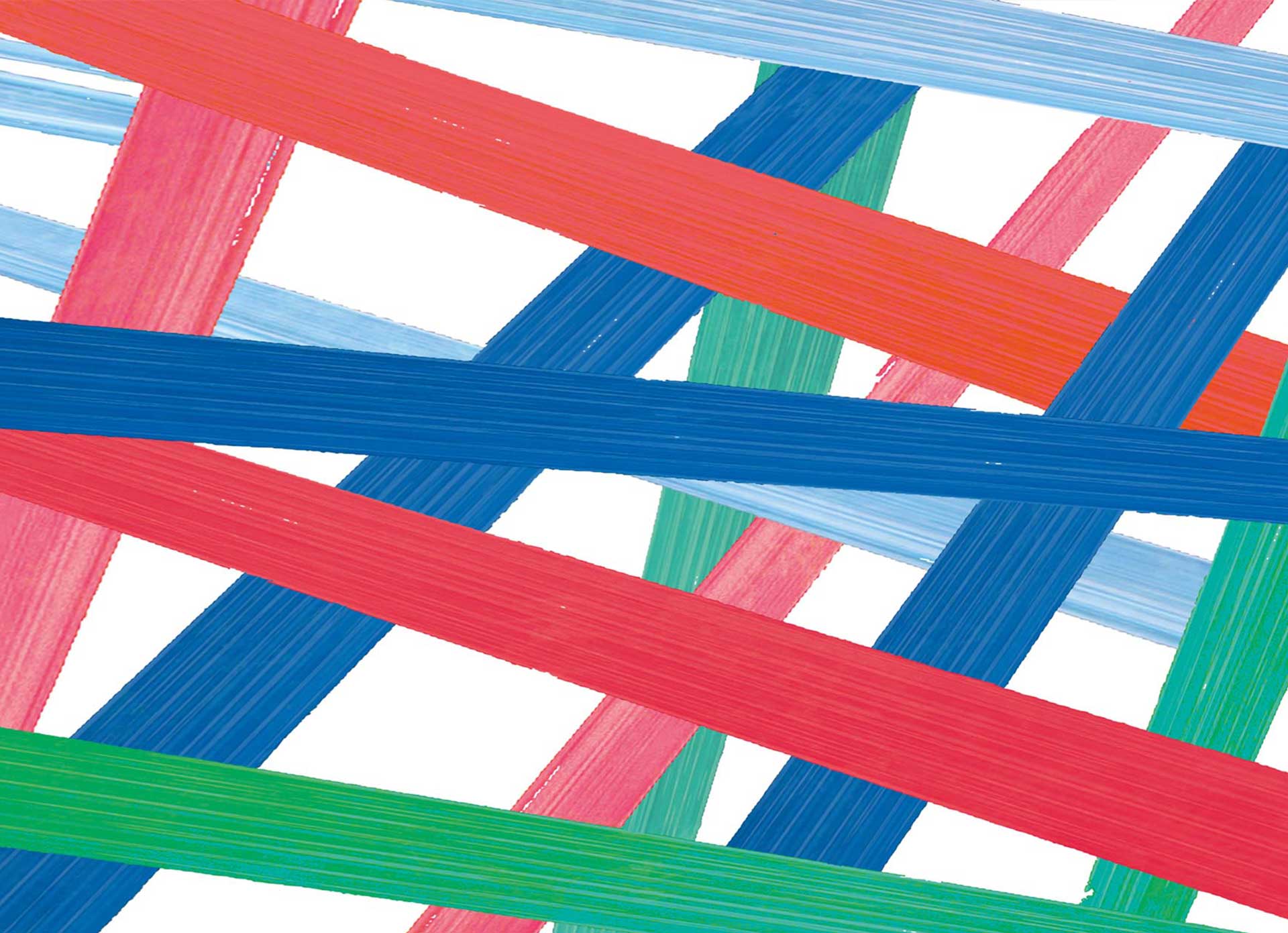
Stills of Peace
Edition III
Italy and France

Stills of Peace
Edition II
Italy and Spain

Stills of Peace
Edition I
Italy and Pakistan
